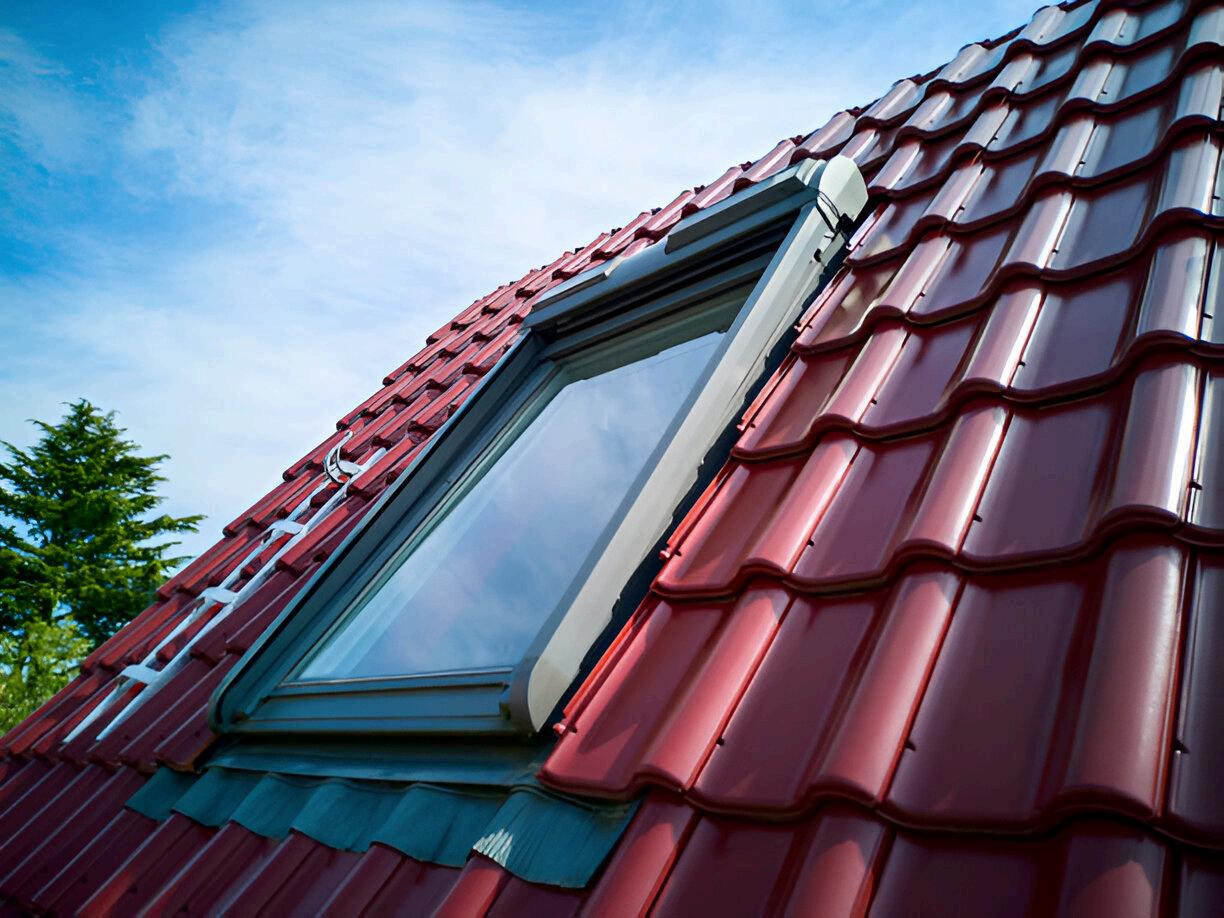






Skylights have become increasingly popular in modern architecture, and for good reason. Not only do they enhance the aesthetic appeal of a space, but they also play a vital role in improving indoor air quality and providing natural light. In this blog, we will explore the multifaceted benefits of skylights, focusing on how they impact our health and well-being.

One of the primary advantages of installing skylights is the influx of natural light they bring into a space. Unlike traditional windows, skylights harness sunlight from above, illuminating areas that might otherwise remain dim and uninviting. This natural light can help reduce the need for artificial lighting during the day, resulting in lower energy consumption and decreased electricity bills. The presence of natural light also creates a more vibrant atmosphere, which can boost mood and productivity, making skylights a perfect addition to homes, offices, and educational institutions.

Research has shown that exposure to natural light has significant psychological and physiological benefits. Natural light helps regulate circadian rhythms, which can improve sleep quality and overall health. Additionally, sunlight exposure is a natural source of vitamin D, which is essential for bone health and immune function. Skylights facilitate greater exposure to sunlight, especially during the winter months when days are shorter. This increased light can help combat seasonal affective disorder (SAD) and promote a sense of well-being and happiness.


Skylights not only enhance natural light but also facilitate better ventilation, which is crucial for maintaining indoor air quality. Many modern skylights can be opened, allowing fresh air to circulate throughout a space. This natural ventilation can help reduce indoor pollutants, such as volatile organic compounds (VOCs), dust, and allergens, resulting in a healthier living environment. Proper ventilation can also help mitigate excess humidity, preventing mold growth and improving the overall air quality in homes and buildings. To maximize these benefits, it’s important to choose the right skylight for your home, considering factors like size, location, and operability.

By maximizing natural light and improving ventilation, skylights contribute to energy efficiency. With more sunlight entering a space, reliance on artificial lighting decreases, leading to lower energy costs. Additionally, the enhanced airflow provided by operable skylights can reduce the need for air conditioning, especially in warmer months. As energy consumption decreases, so does the carbon footprint of a building, making skylights a sustainable choice for environmentally-conscious homeowners and businesses. Trust Northpoint Roofing for your skylight setup to enjoy these benefits and enhance your space!


When considering skylight installation, it is essential to select the right design, size, and placement to maximize benefits. Factors such as the orientation of the building, the angle of the roof, and the local climate can influence how much natural light and ventilation a skylight provides. For example, southfacing skylights tend to capture more sunlight, while strategically placed skylights can create cross-ventilation, enhancing air quality. Working with an experienced skylight installer can help ensure that the installation is optimized for the specific needs of the space.

While skylights offer numerous advantages, there are potential challenges to consider. Improper installation can lead to leaks, condensation, and heat loss, which may diminish the benefits of natural light and air quality. To address these concerns, it is crucial to choose high-quality skylights and hire professional installers with experience. Additionally, incorporating energyefficient features, such as double-glazing or low-emissivity coatings, can enhance performance and mitigate potential issues related to energy loss and condensation.

In conclusion, skylights significantly impact indoor air quality and natural light, offering a range of benefits that contribute to a healthier and more inviting living environment. By enhancing natural light, improving ventilation, and promoting energy efficiency, skylights play a vital role in modern architecture.
As we become more aware of the importance of indoor environments on our health and well-being, incorporating skylights into our homes and workplaces is an investment worth considering. Embracing the benefits of skylights can lead to a brighter, healthier future for all.
